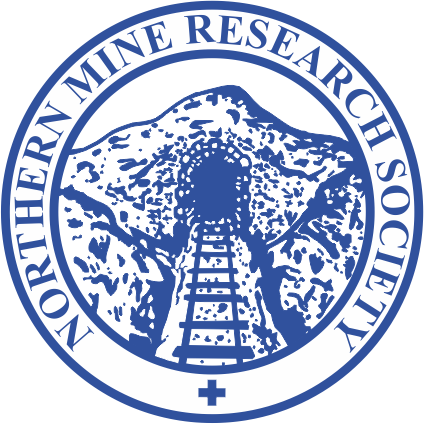The Fife Coal Co. Ltd began sinking deep shafts on the outskirts of Thornton, near Kirkcaldy in Fife, in 1946, and work was continued by the National Coal Board.
Rothes was planned to be one of the NCB’s ‘Superpits’ with an output of 5,000 tons of coal per day from steeply dipping seams. Egon Riss, the NCB’s architect, designed the surface layout which was dominated by two huge concrete towers, housing Koepe electric winders, one over each shaft. The coal was brought to the surface in minecars, hoisted in traditional cages, which then required extensive tub circuits to handle them at the surface.
Production began in 1957, but Rothes never achieved the intended tonnages because of problems with thinning coals, igneous intrusions and excessive ingress of water. Nevertheless, there was great, if misplaced, optimism for the project which was opened by HM Queen Elizabeth II on 30 June 1958. There was talk of the mine having a lifespan of 100 years and, in anticipation of its longevity, Glenrothes new town was built. The workforce at Rothes peaked at 1,235 in 1960 but the mine’s estimated cost of £1.65 million had reached £20 million and when it closed in May 1962 it became the most spectacular failure of the NCB era in Scotland.
The seams worked were:
- Five Feet
- Lochgelly Splint
- Upper Cardenden Smithy
The site was not cleared immediately, however, and the shafts were subsequently used to test underwater equipment, some of which was used offshore in the development of the North Sea oil fields.
The two huge winding towers, which were local landmarks, were blown up in 1993, but other parts of the surface buildings were occupied by tenants. The twin concrete evassees and other parts of the mine’s ventilation system also remain.
- Based on M.K. Oglethorpe, 2006. Scottish Collieries: An Inventory of Scotland’s Coal Industry in the Nationalised Era, R.C.A.H.M.
- Guide to the Coalfields.

